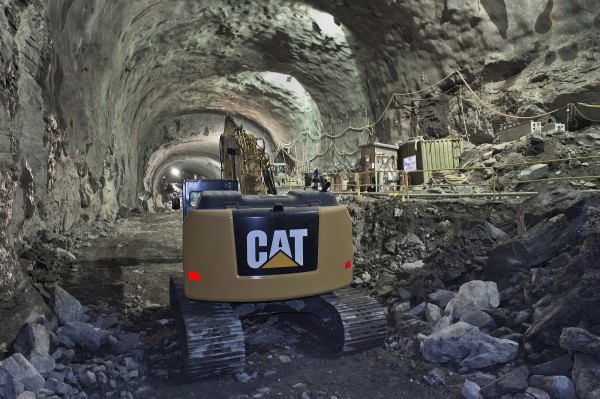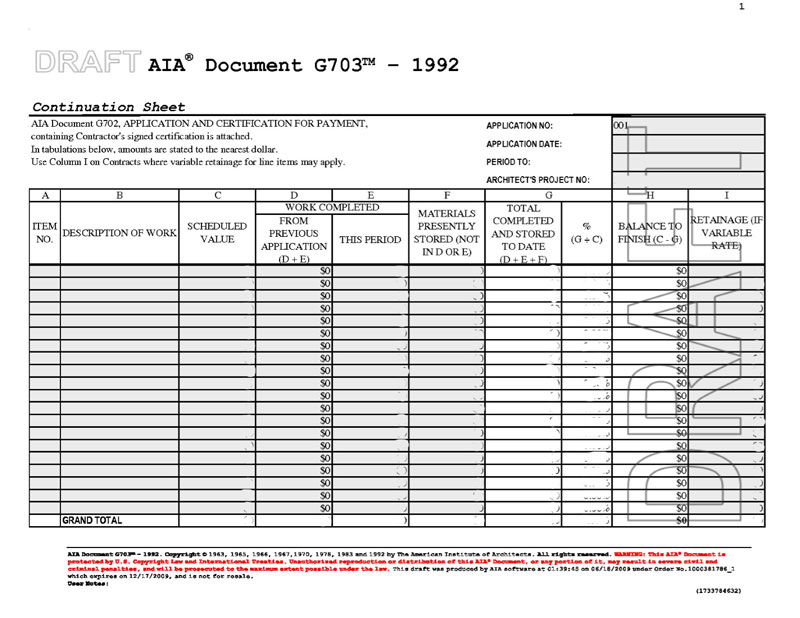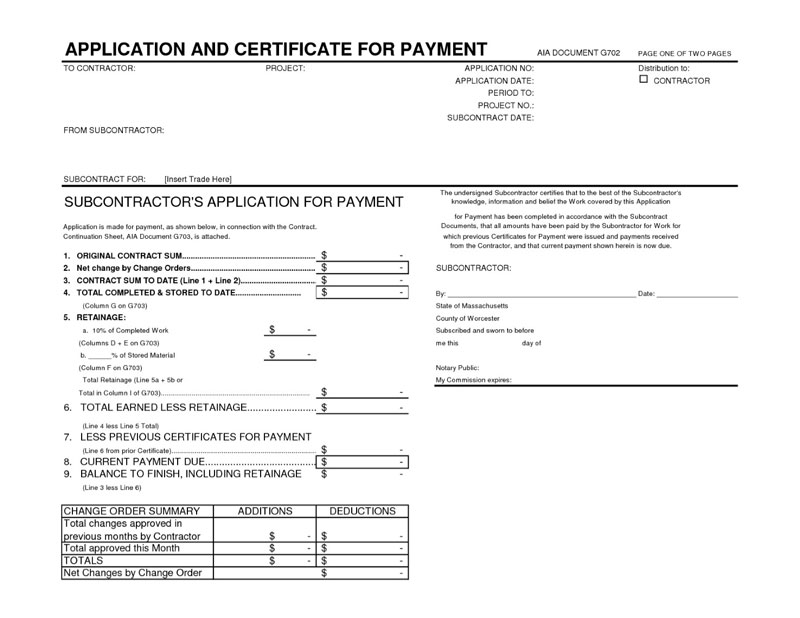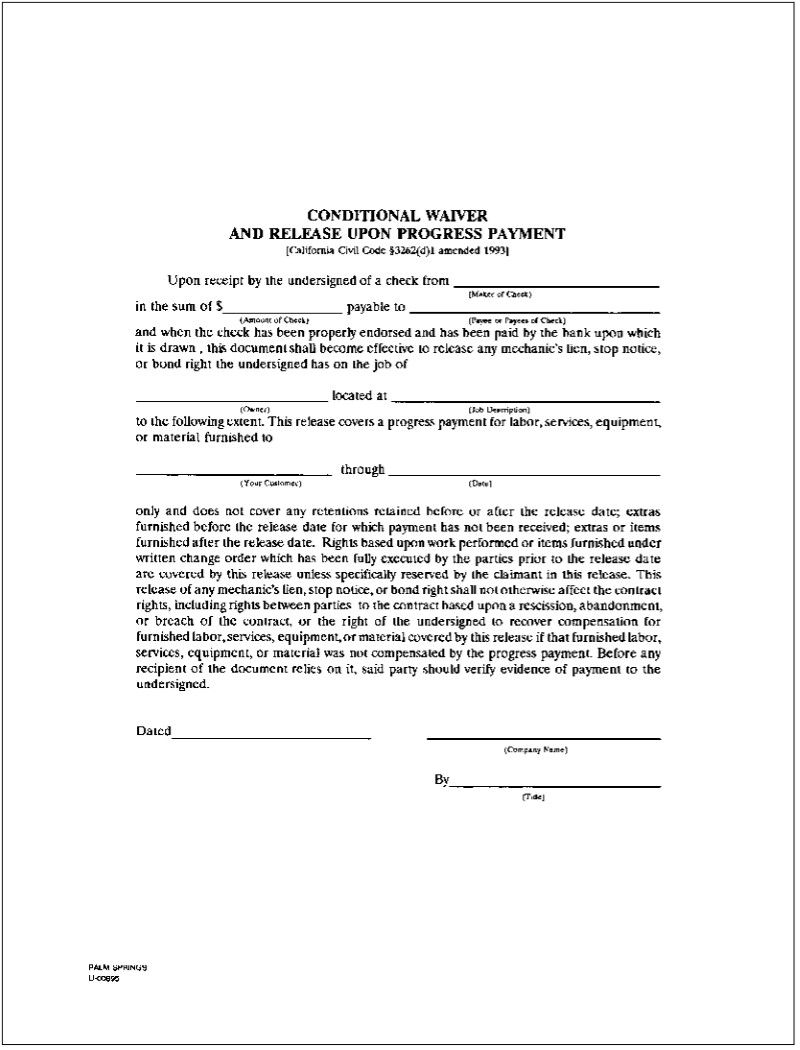
Construction continues on the Second Avenue Subway’s future 86th Street Station. This photo shows the latest progress as of April 2013
via MTA
1. OVERVIEW
The key to getting paid is that a contractor must request payment. This is typically done through an application for payment (payment request), and typically on a monthly cycle.
The application for payment is typically supported by a schedule of values that outlines the work of the project, the values associated with that work, and the percentage complete of that work.
Below are blank samples of the American Institute of Architect’s AIA G702 and G703 forms, typically used for monthly applications for payment.
The G702 form contains a summary of the project contract values, any changes to the contract values, retainage held, payments made to date, the current amount due, and the balance owed to the contractor.
The G703 Continuation Sheet contains the schedule of values. It may be several pages long, if needed to support the work of the project.
Contractors typically submit applications for payment at least 10 days prior to its due date. Contractors at all levels submit applications for payment. Subcontractors submit payment requests to their GC/CM and the GC/CM compiles all of the subs’ payment requests with their own and submits them as a package to their client for review.
After receiving a payment request from a subcontractor and before submitting it to the client, it is the responsibility of the GC/CM to verify the following items:
- Percentage complete of work as of the date of the request, with field verification of quantities and cost estimates of values where appropriate.
- Quantities and values associated with equipment and materials delivered to the site but not yet used in the work. Some expensive or long lead items are billed prior to their arrival on site if documented properly and agreed to in advance.
- Invoices and costs from vendors/suppliers (requested on cost-plus jobs or when dictated by the contract).
- Change orders (only approved change orders may be billed).
- Retention amount.
After completing this review, the GC/CM makes a recommendation to the owner for the amount of the progress payment. This application is often certified by the project’s Architect.
A thorough explanation of the Architect’s role in the payment approval process can be found here.
A thorough explanation of the progress payment process, subcontractor cashflow issues, and payment applications (the first three minutes are mostly introductions) via Florida Board Certified Construction Law Expert Charles Jimerson:
2. DEFINITIONS
Progress payments are partial payments made against work completed for a construction contract, as the work goes forward
Applications for progress payments are made at the end of a pay period through a requisition.
This is different than an invoice, which is a statement of an amount due (a bill).
Retainage is usually held back in requisition billing until the point of substantial completion or another milestone defined in the contract. Retainage is a percentage of the contract price (usually 5-10%) withheld until the contract obligations are satisfied. Retainage held may be reduced as the project reaches certain milestones (50% complete, substantially complete) or according to the terms of the contract.
Not being paid for services rendered is always a concern for contractors and construction liens protect us from that risk. A lien is a claim made against a property by someone who has who has supplied labor or materials for work on that property. In exchange for payment, contractors supply a Waiver of Lien, a document that gives up any right the contractor may have against a project owner’s property or funds.
A sample Conditional Lien Waiver is below.





